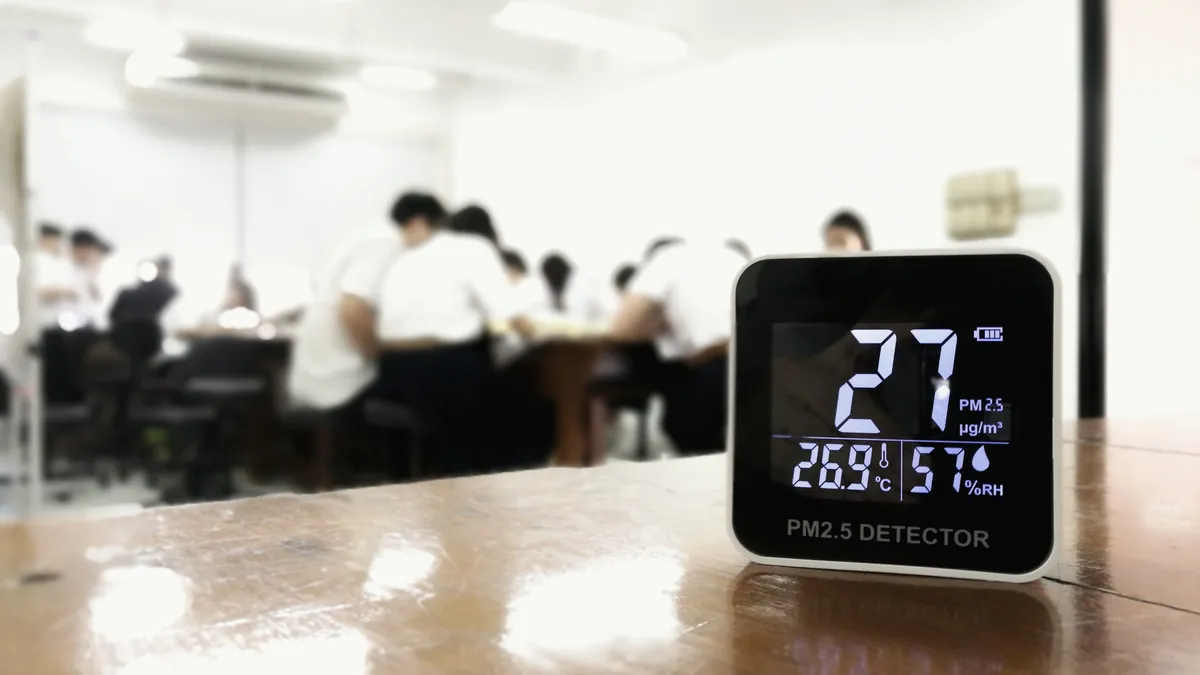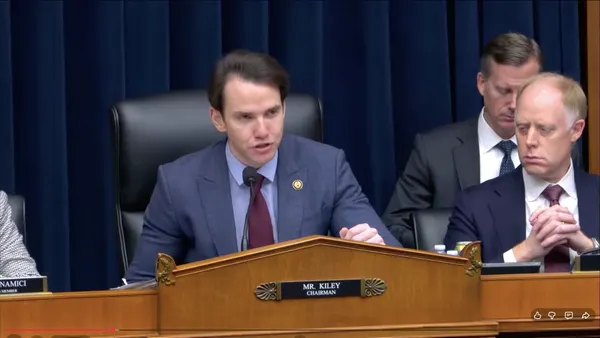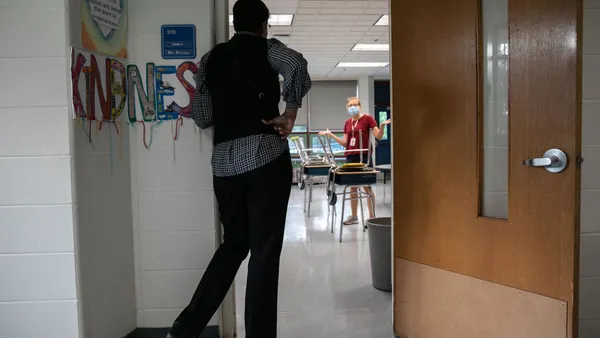Rep. Paul Tonko, D-N.Y., and Rep. Brian Fitzpatrick, R-Pa., on Wednesday reintroduced bipartisan legislation aimed at protecting students, teachers and others from poor indoor air quality by expanding the role of the U.S. Environmental Protection Agency.
The Indoor Air Quality and Healthy Schools Act, first introduced in July 2024, would require a nationwide assessment of indoor air quality in schools and childcare facilities and give schools and childcare centers tools to improve IAQ conditions.
“No one should have to suffer the consequences of poor indoor air quality, least of all our kids and students seeking an education at school,” Tonko said a statement. “Our bipartisan Indoor Air Quality and Healthy Schools Act protects the health of our communities by establishing science-based guidelines and delivering effective tools and best practices to minimize indoor health risks.”
The bill would update, expand and codify the work of EPA’s Indoor Environments Division and direct the agency to develop and recognize one or more voluntary certifications for buildings designed, operated and maintained to prevent or minimize indoor air health risks.
“Ultimately, it tries to establish a nationwide assessment of IAQ in schools and childcare facilities,” Jason Hartke, executive vice president of external affairs and global advocacy at the International WELL Building Institute, told Facilities Dive. “It goes back to the old adage that you can’t manage what you don’t measure. As these technologies get better and cheaper, it’s a huge opportunity for folks to tune the environmental quality to human health and well-being.”
The EPA’s Science Advisory Board has consistently ranked poor IAQ as a top five environmental risk to public health, with over 3 million people globally dying prematurely each year from disease exposure caused by poor IAQ, according to a fact sheet on the legislation.
Progress has been made to address outdoor air pollution, but studies show that indoor air contaminants can be two to five times, and occasionally 100 times, higher than outdoor contaminants, the fact sheet says.
The legislation would also support the development of technical assistance, guidelines and best practices to improve the IAQ conditions of schools and childcare facilities.
“It’s a big deal because it targets some new tools to better assess indoor air quality in our nation's schools,” said Hartke. “It’s a really powerful bill supported by dozens of organizations.
The legislation is supported by the Allergy and Asthma Network, American Federation of Teachers, ASHRAE, International Association of Sheet Metal, Air, Rail and Transportation Workers, IWBI, John Hopkins Center for Health Security and the U.S. Green Building Council, according to the lawmakers’ statements.













